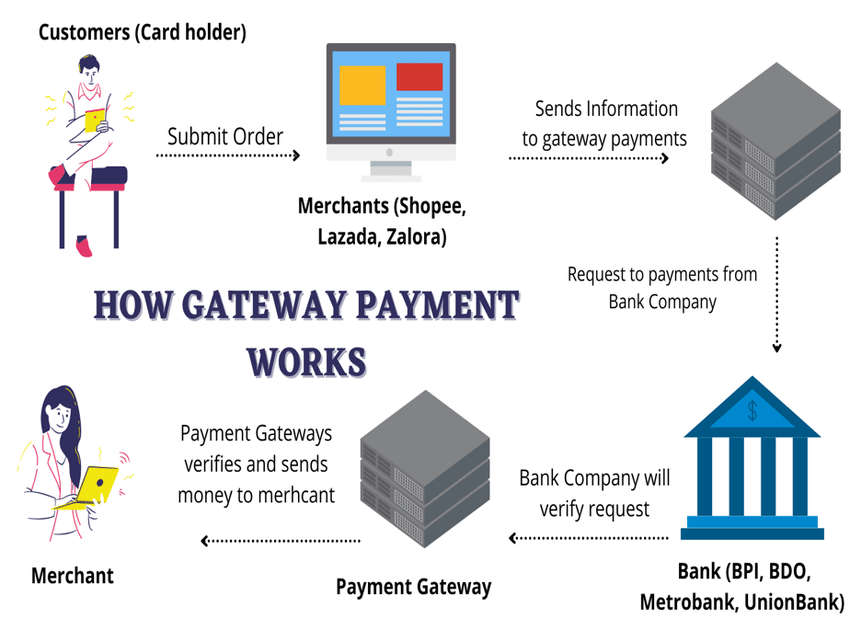AUTHOR : EMILY PATHAK
DATE : 30 / 10 /2023
Payment integration systems[1] have become an integral part of the digital landscape[2], revolutionizing the way financial transactions[3] are conducted. In this article, we will explore the concept of payment integration, its significance, how it works, popular services, advantages, challenges, security measures, its role in e-commerce[4], and future trends. We will also discuss best practices for successful payment[5] integration.
Introduction
In today’s fast-paced world, the ability to make seamless and secure financial transactions is of paramount importance. Payment integration systems have emerged as the solution to this need. These systems enable the integration of various payment methods, allowing businesses and individuals to send and receive payments effortlessly.
The Importance of Payment Integration
Payment integration is vital for the success of any business, especially in the online marketplace. It allows customers to choose from a variety of payment options, making it convenient for them to complete transactions.This adaptability has the potential to greatly enhance both sales figures and overall customer contentment.
How Payment Integration Works
Payment integration is a process that connects various payment methods, such as credit cards, digital wallets, and bank transfers, to a merchant’s website or application. When a customer initiates a payment, the payment system securely[1] processes the transaction, verifies the payment method, and also ensures that the funds are transferred to the merchant.

Popular Payment Integration Services
Several payment integration services have gained popularity over the years. Some of the most widely used ones include PayPal, Stripe, Square, and Authorize.Net. These platforms offer easy-to-integrate solutions that cater to various business needs.
Advantages of Payment Integration
- Enhanced customer experience
- Increased sales and revenue
- Reduced payment processing time
- Improved security
- Better financial management
Challenges of Payment Integration
While payment integration offers numerous benefits, it also comes with its fair share of challenges. Compatibility issues, security concerns, and technical complexities can hinder the smooth operation of a payment integration system.
Security in Payment Integration
Security is a top priority in payment integration[2]. Payment service providers employ encryption and tokenization to safeguard sensitive customer information. These measures ensure that financial data remains confidential and secure.
Mobile Payment Integration
With the rise of smartphones, mobile payment integration has gained significant traction. Customers can now make payments using mobile apps, contactless payment methods, and digital wallets, making transactions more convenient than ever.
E-commerce and Payment Integration
E-commerce businesses heavily rely on payment integration to facilitate online transactions. Payment gateways play a crucial role in ensuring a seamless shopping experience for customers, resulting in increased trust and loyalty.

Future Trends in Payment Integration
The world of payment integration is constantly evolving. In the future, we can expect innovations such as biometric authentication, blockchain technology, and improved user interfaces to further enhance the payment process.
Best Practices for Successful Payment Integration
- Choose a reliable payment service provider[3].
- Ensure seamless integration with your website or app.
- Prioritize security and compliance.
- Offer a variety of payment options.
- Keep the checkout process simple and user-friendly.
Conclusion
Payment integration systems have transformed the way we conduct financial transactions. By providing flexibility, security, and convenience, they have become a cornerstone of the digital economy. Businesses that embrace payment integration can expect to thrive in an increasingly digital world.

FAQs
1. What is payment integration?
Payment integration is the process of connecting various payment methods to a merchant’s website or application, allowing for seamless and secure financial transactions.
2. Which payment integration services are popular?
Popular payment integration services [4] include PayPal, Stripe, Square, and Authorize.Net, among others.
3. Why is security important in payment integration?
Security is crucial to protect sensitive customer information and ensure the confidentiality of financial data.
4. How does payment integration benefit e-commerce businesses?
Payment integration enhances the shopping experience, builds trust with customers, and ultimately increases sales and customer loyalty for e-commerce businesses.
5. What are the future trends in payment integration?
Future trends in payment integration include biometric authentication, blockchain technology, and improved user interfaces, further enhancing the payment process.





